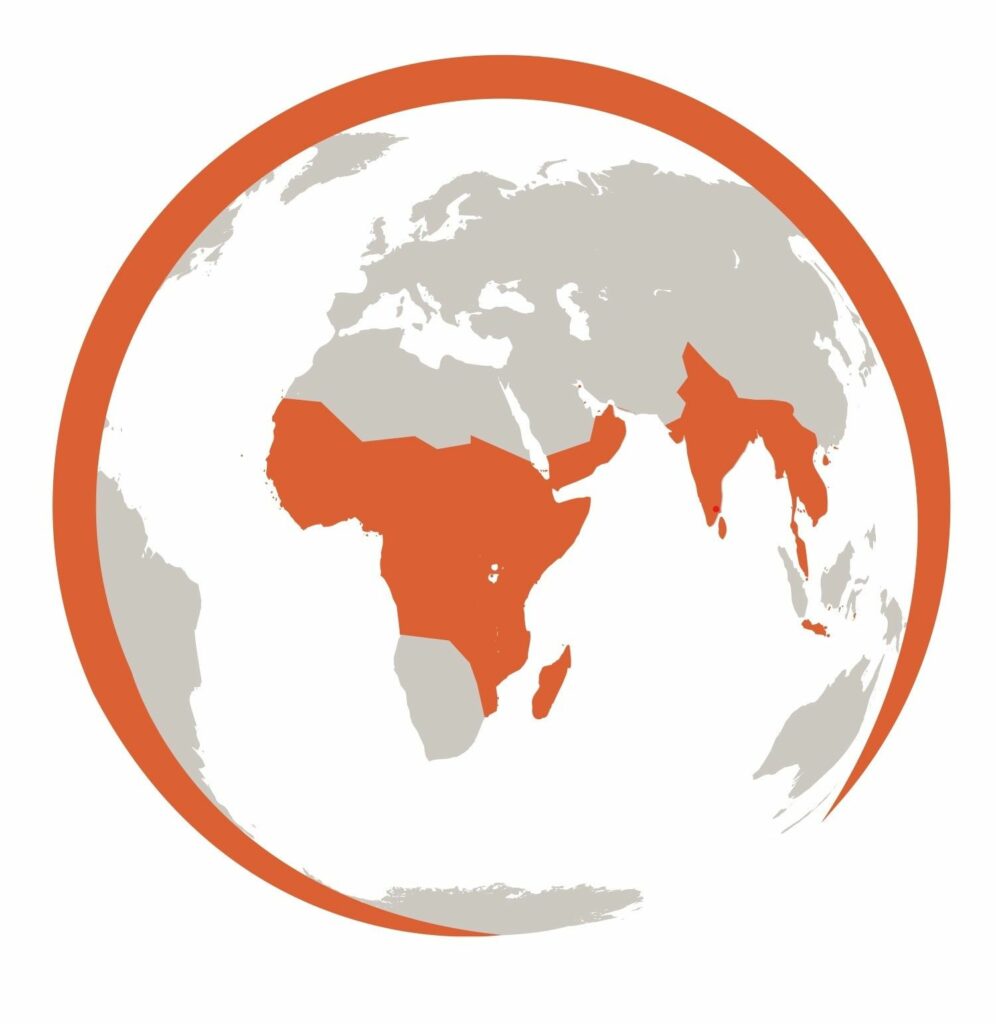Funders
U.S. President’s Malaria Initiative (PMI) / John Hopkins Center for Communication Programs
Location
Mozambique
Dates
2017-2019

In 2017, the Mozambique National Malaria Control Programme and its partners undertook a pilot of primary school-based distributions of insecticide-treated nets (ITNs), following a mass campaign. In 2018 and 2019, ITNs were distributed to all registered students of classes 1, 3, and 5 of public primary schools in Namarroi district, Zambezia province. School distribution of ITNs has the potential to maintain high rates of ITN access, which tends to fall after mass campaigns as nets wear out.
Through PMI VectorWorks, a five-year $60 million global project aiming to scale up vector control for malaria prevention through improved distribution of ITNs, Tropical Health conducted an assessment of the pilot.
Tropical Health implemented a before/after intervention-control evaluation design. Data were collected by district-representative, cross-sectional cluster household interview surveys. The baseline was conducted six months after the mass campaign and the endline survey was conducted 23 months post-campaign. Between the two surveys, two rounds of annual school distribution were implemented in Namarroi.
Tropical Health found that ownership of at least 1 ITN was sustained in the intervention district, but population access to ITNs declined slightly from 71% to 64% (p=0.26). Contrary to expectations, ITN indicators did not decline in the control district. Difference in differences analysis did not suggest any before/after change in favour of the intervention. However, the control district had strong routine distribution of ITNs through antenatal care, as well as higher retention of campaign ITNs, contributing to the sustained levels of ITN access post-campaign. School nets in Namarroi did significantly contribute to overall ITN access, despite not being sufficient to keep access at target levels of 80%.
Global Fund / Nigeria National Malaria Elimination Programme
Nigeria
2023 - 2024
Belgian Cooperation/ Light for the World
Democratic Republic of Congo, Rwanda, Tanzania
2021-2022
UK Aid and People’s Postcode Lottery / Sightsavers
Malawi, Uganda
2023 - 2024
Global Fund / Nigeria National Malaria Elimination Programme
Nigeria
2023 - 2024
Sightsavers, Ghana Somubi Dwumadie (FCDO)
Ghana
2022-2023
Global Fund MOSASWA (Mozambique, South Africa and Swaziland) region
Mozambique
2022-2023